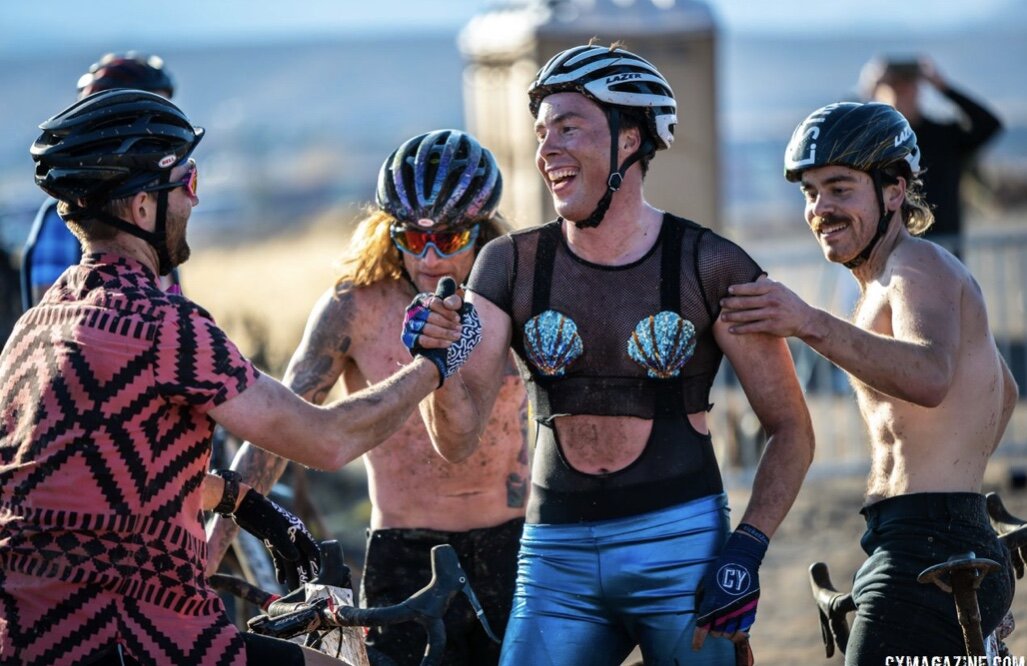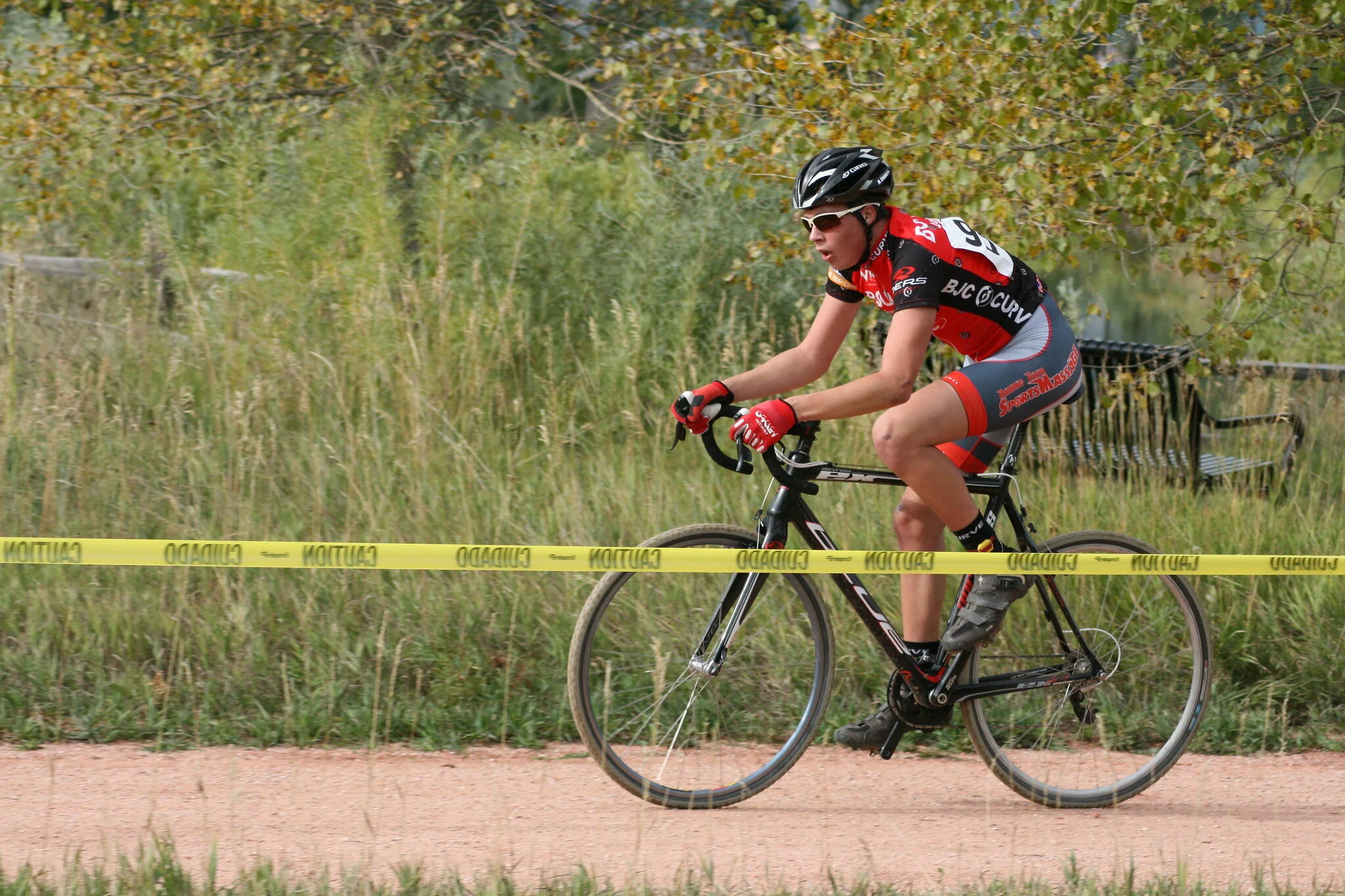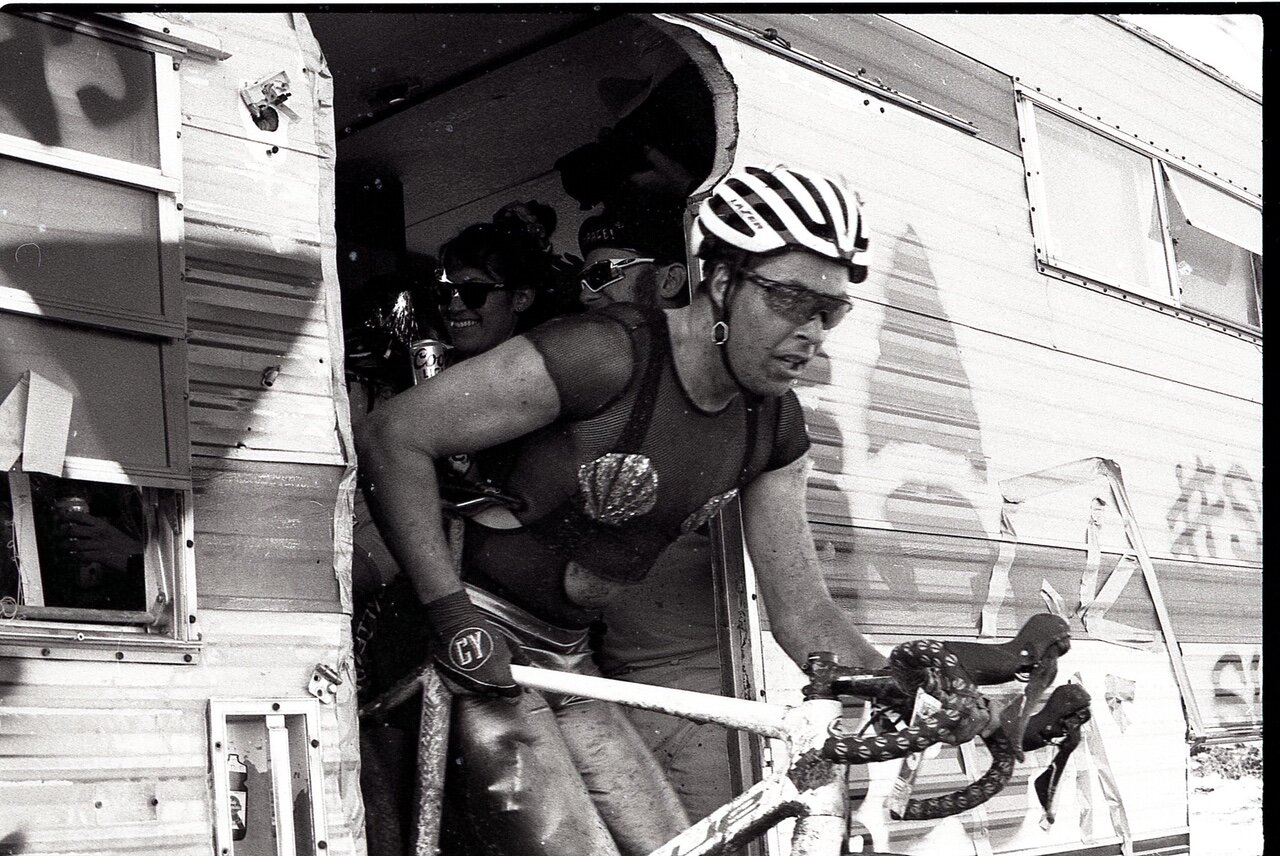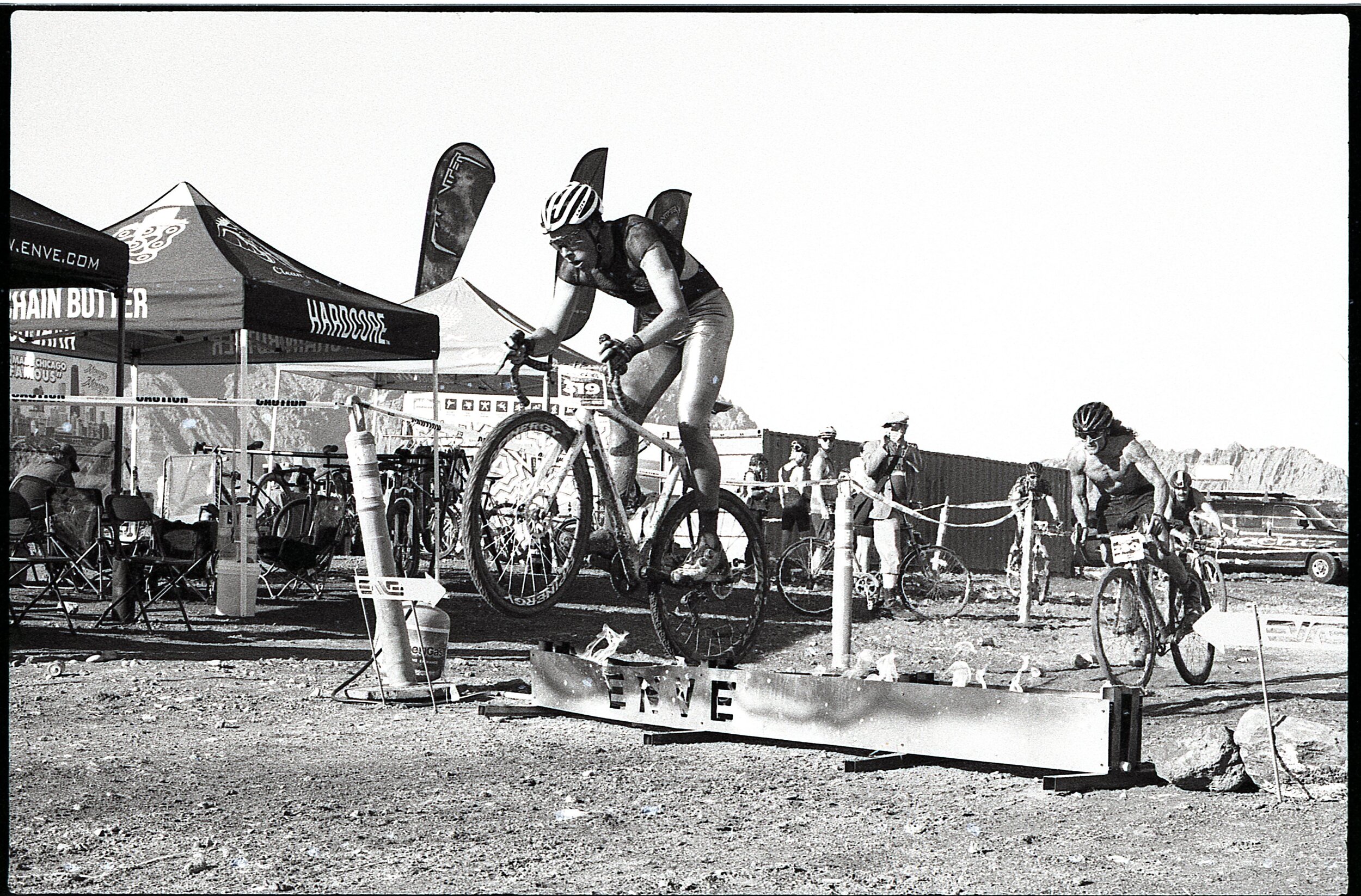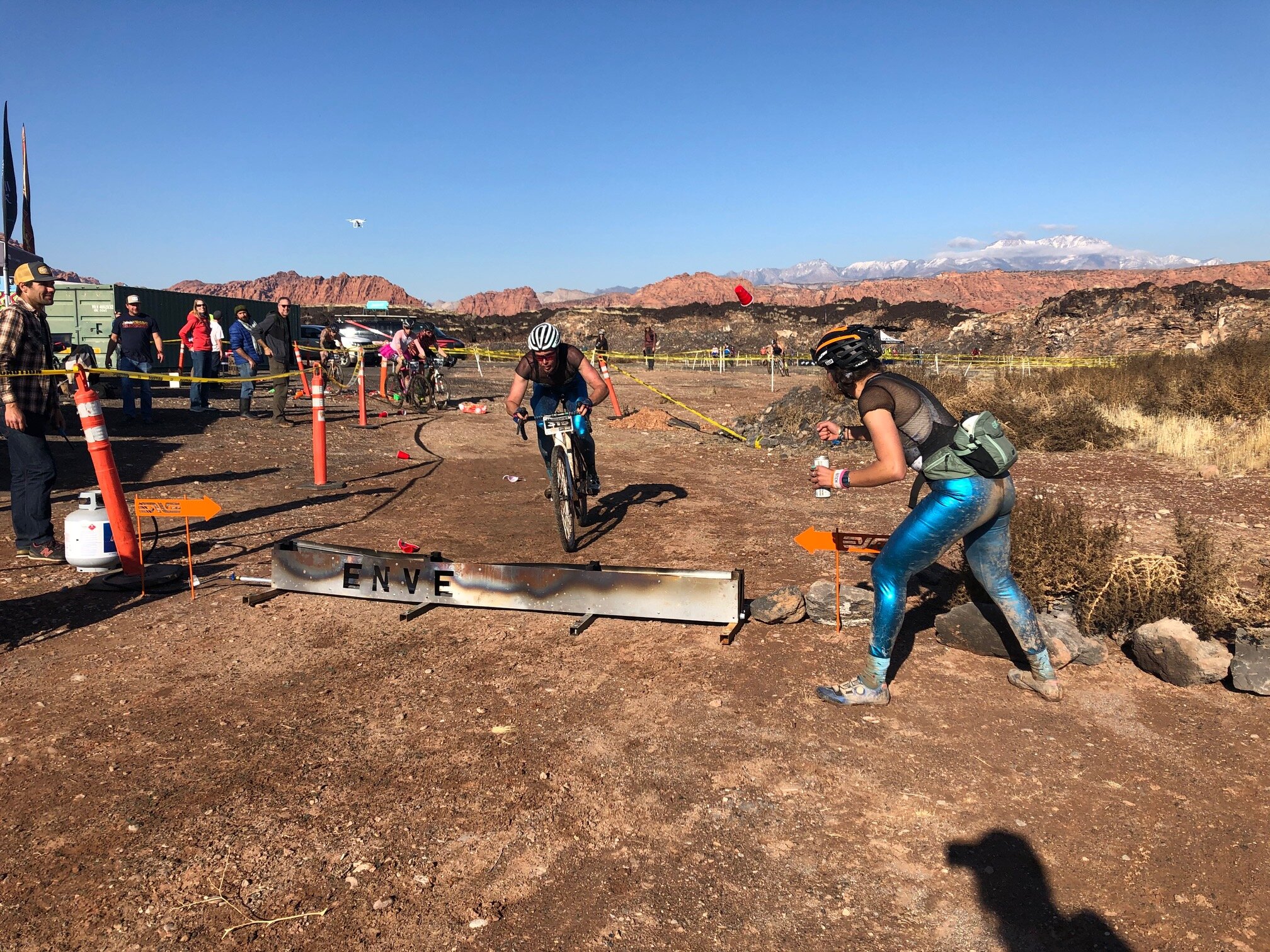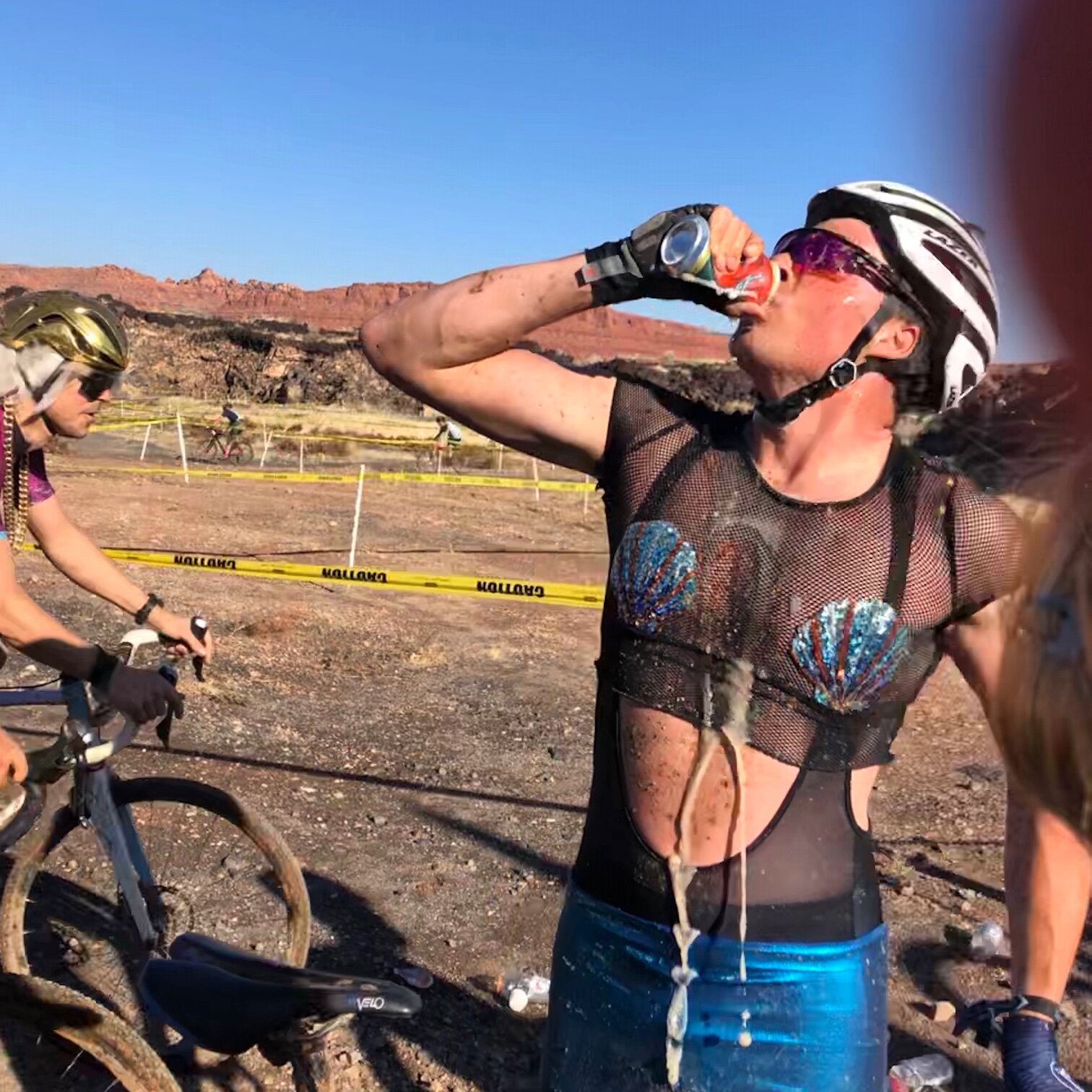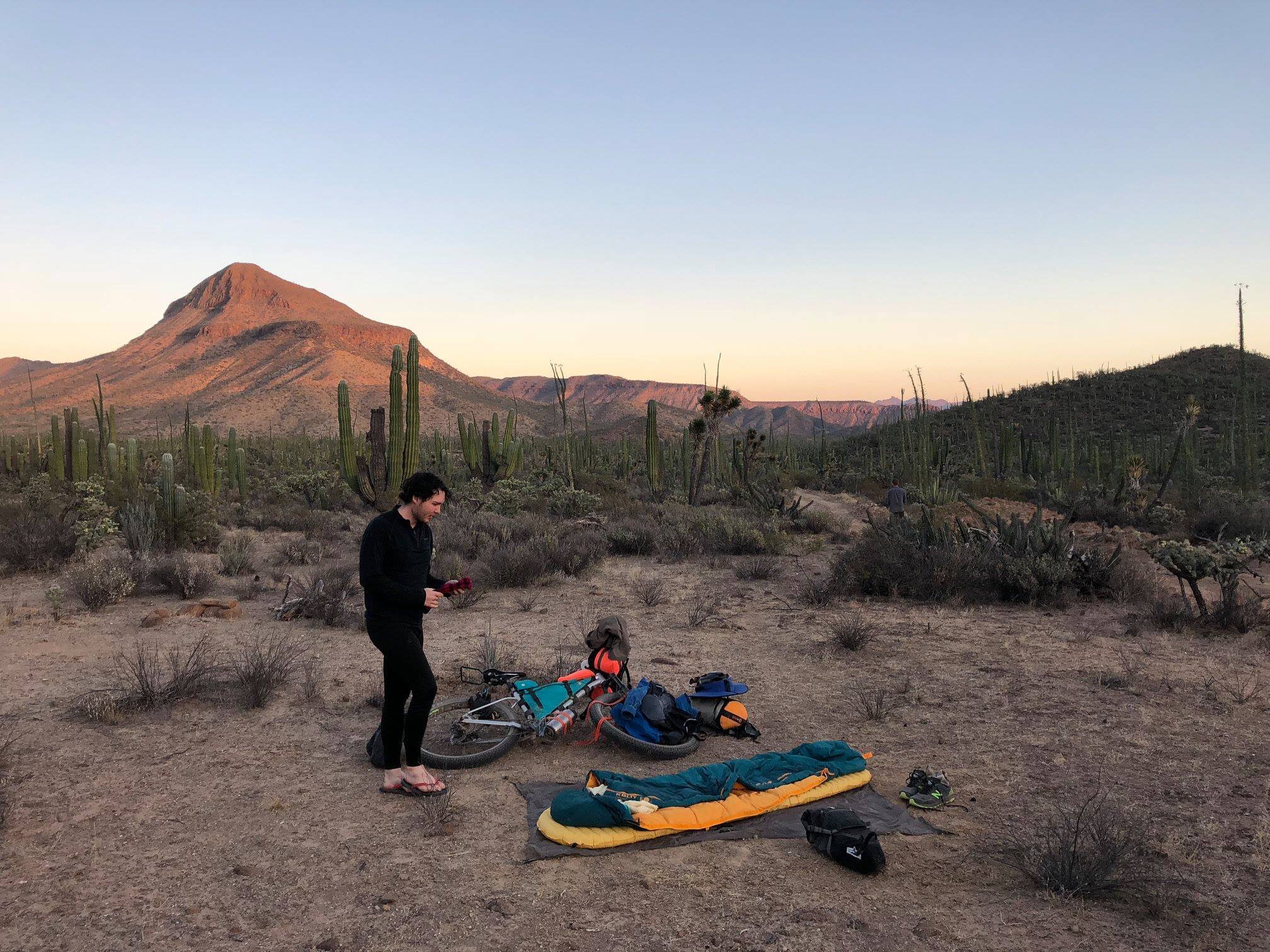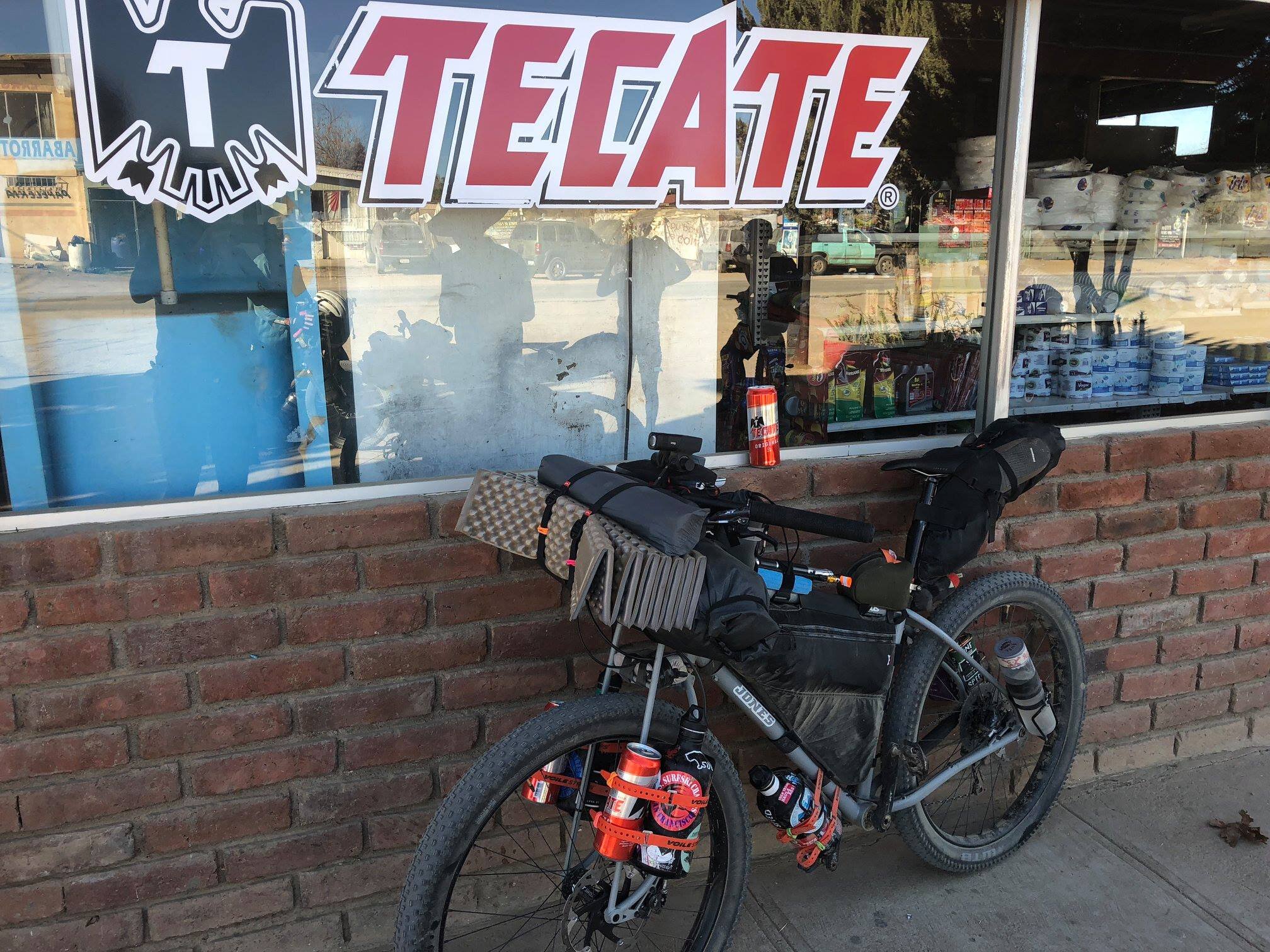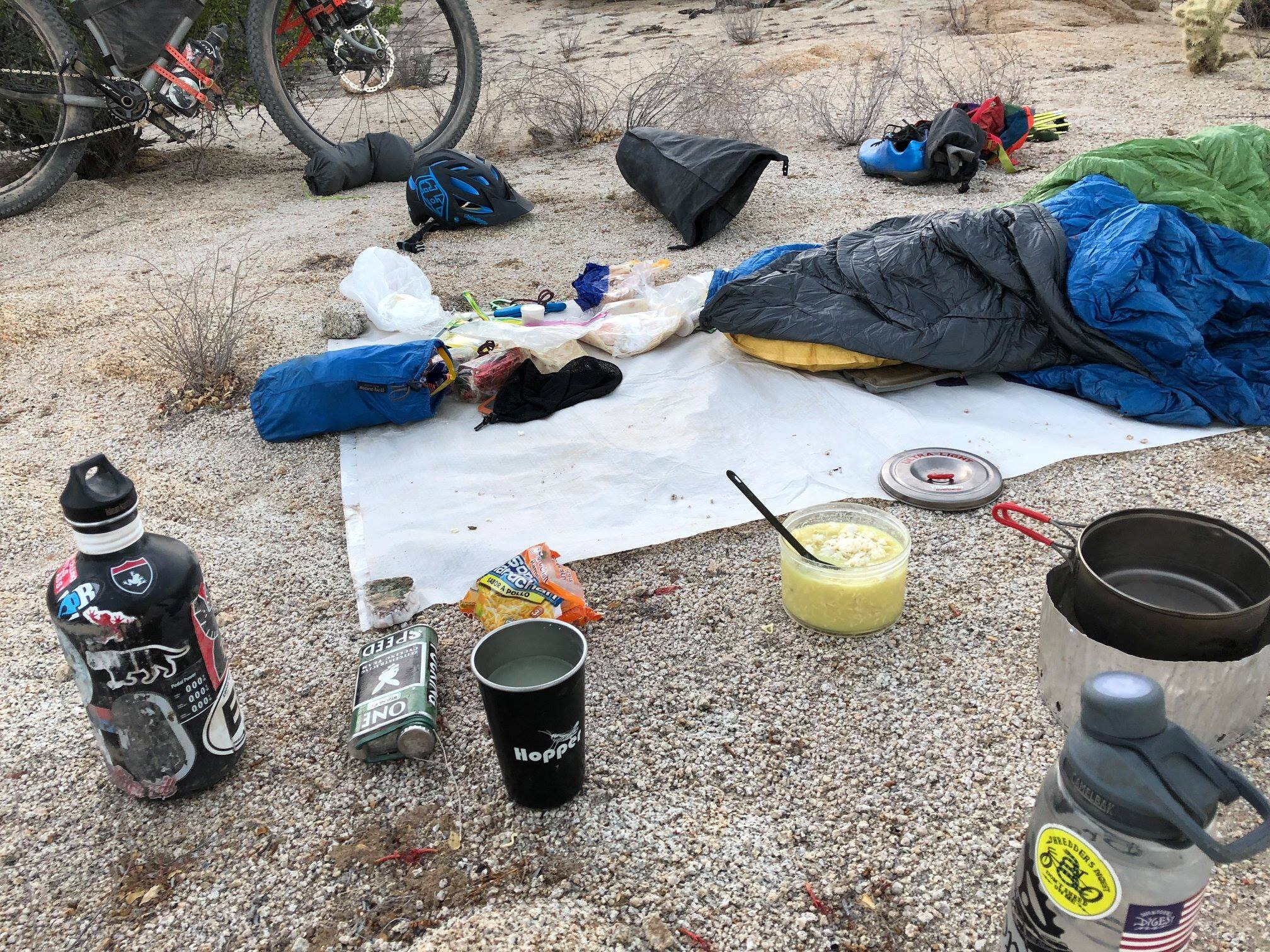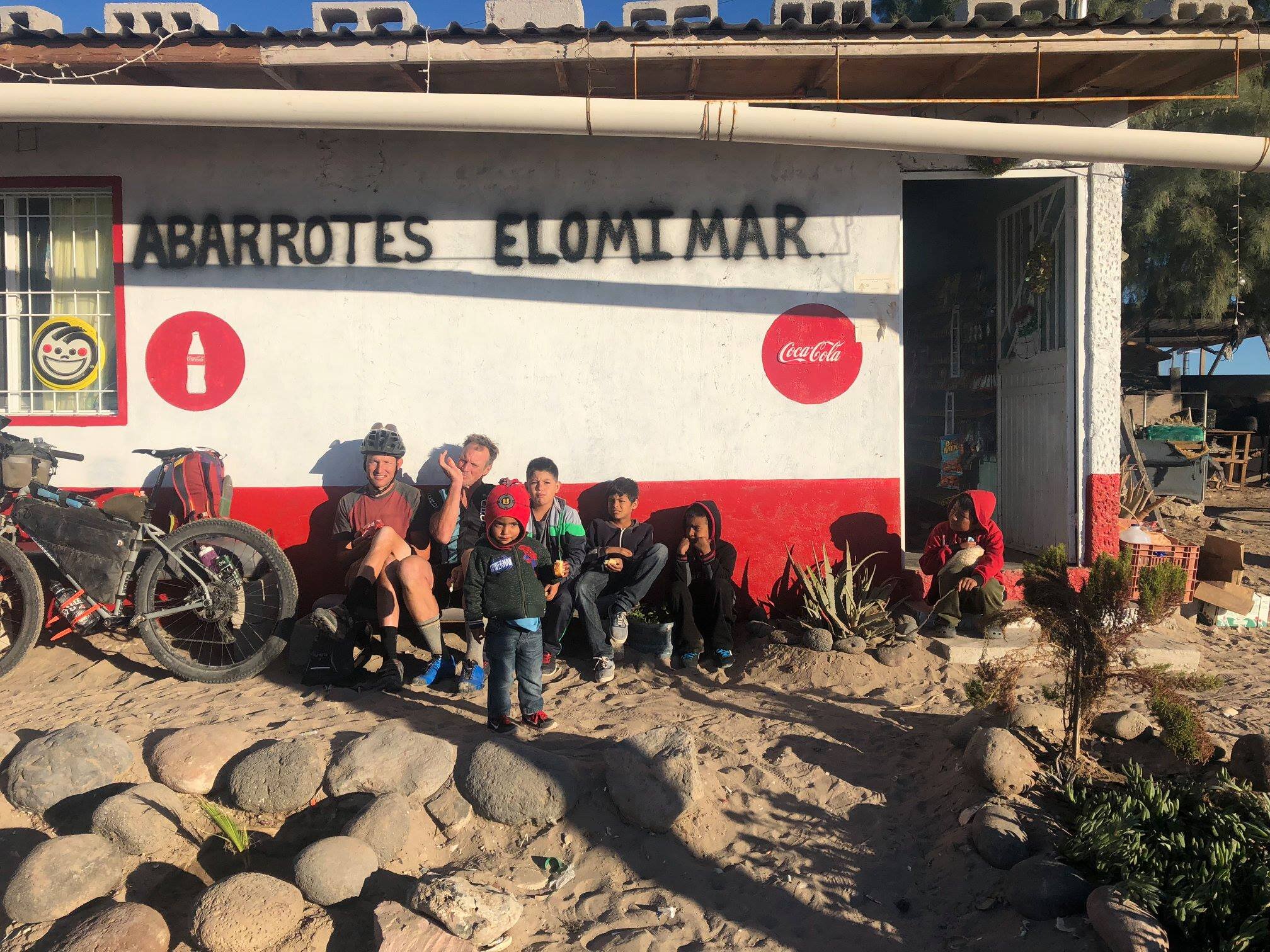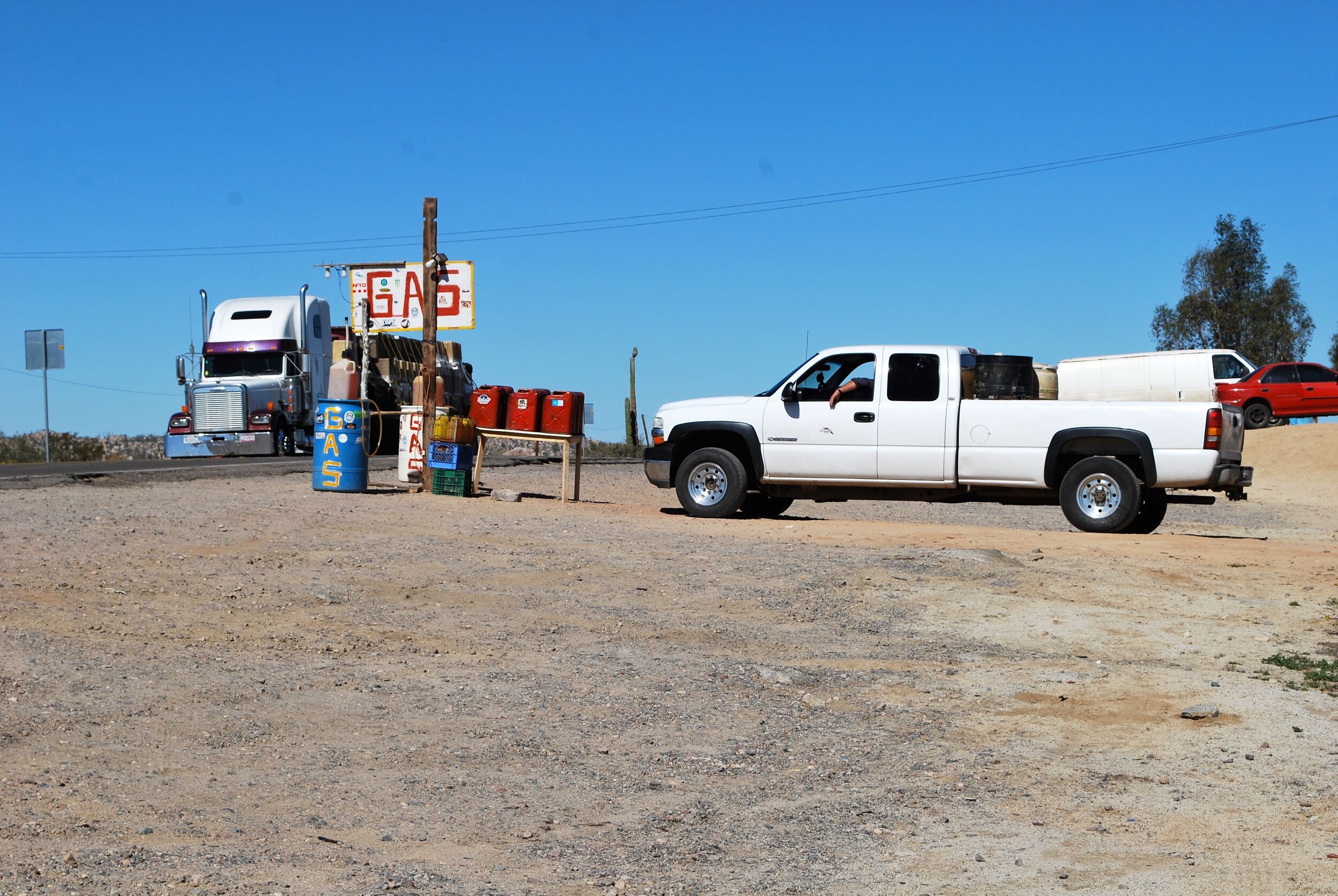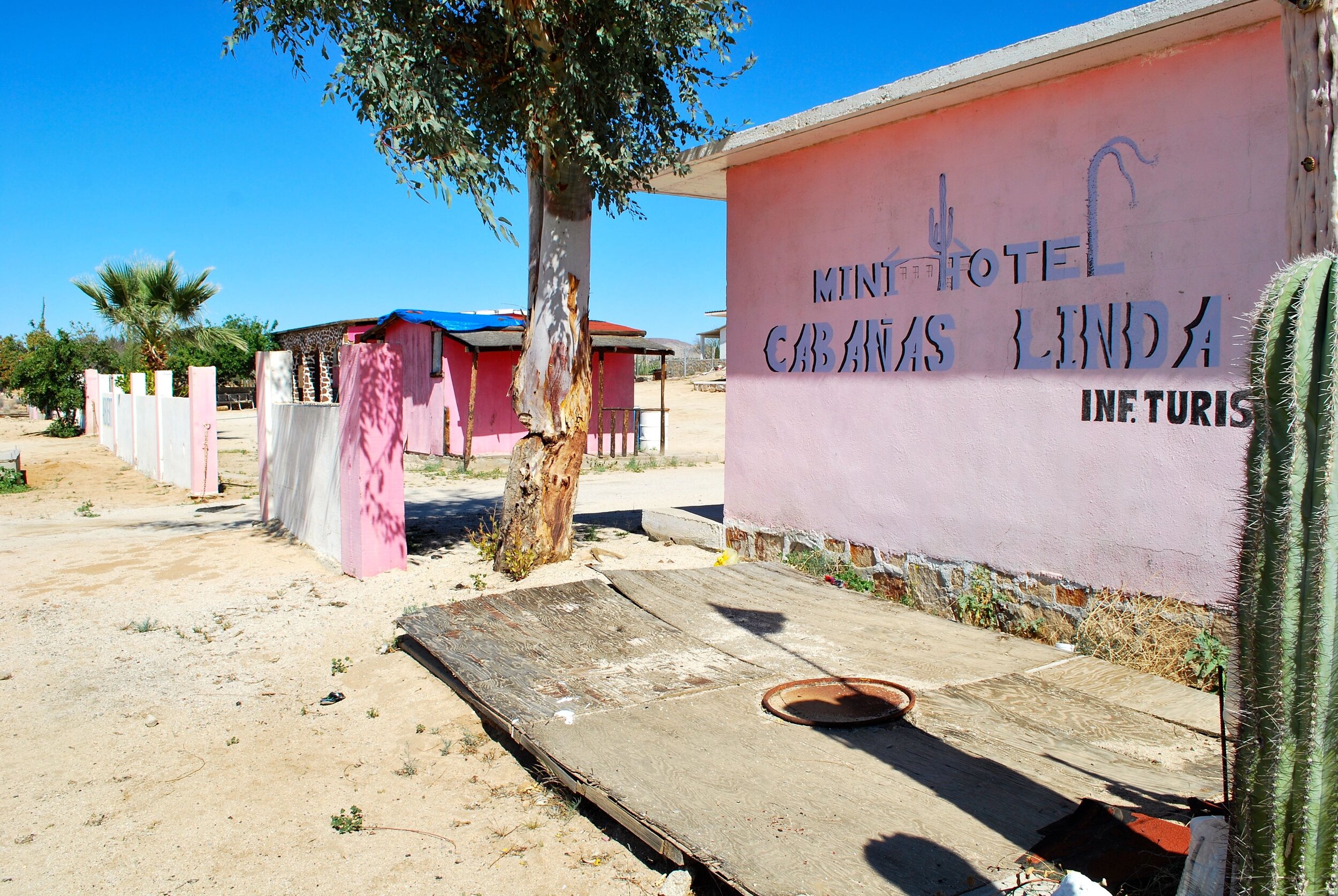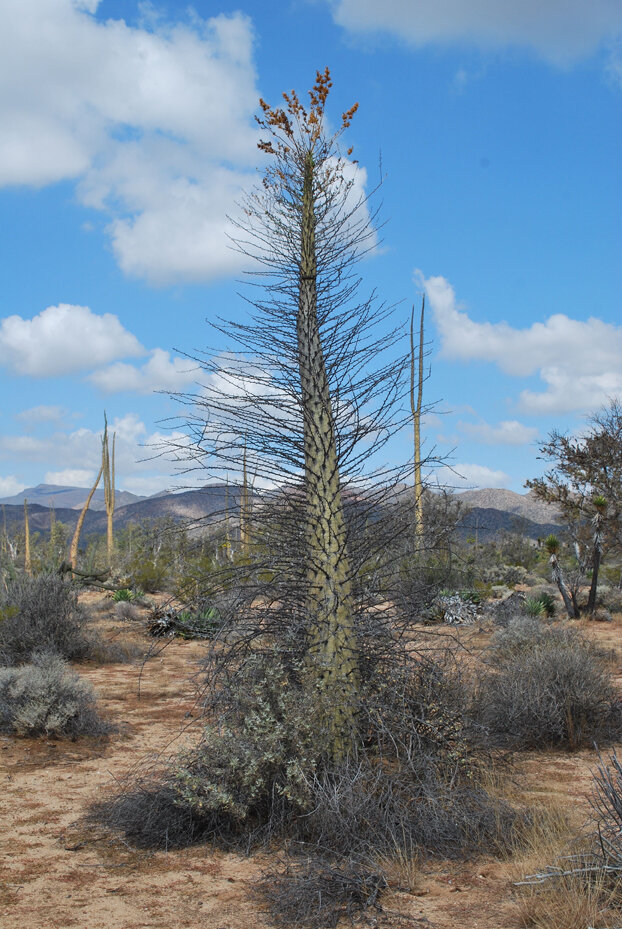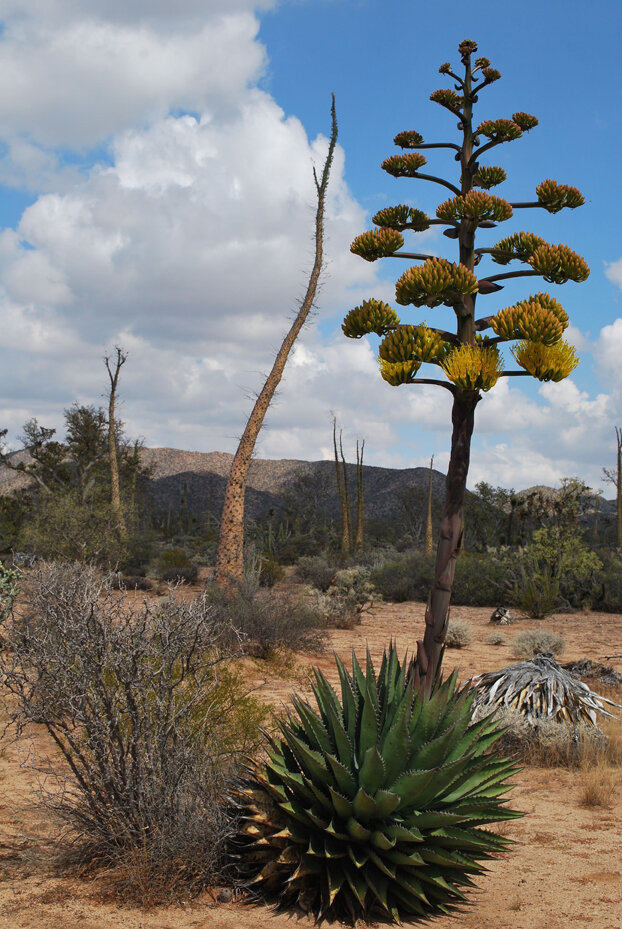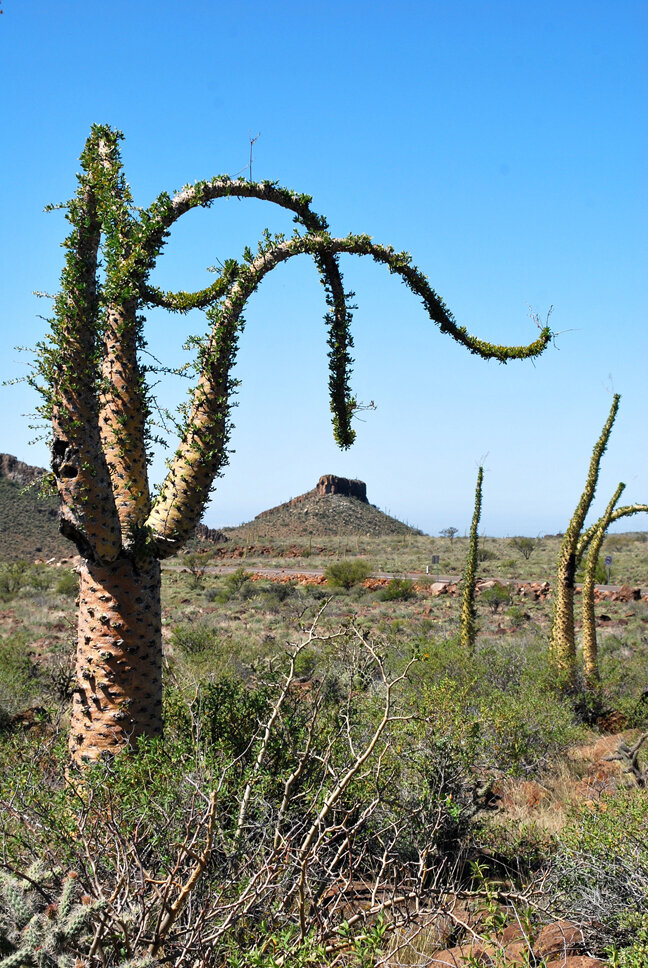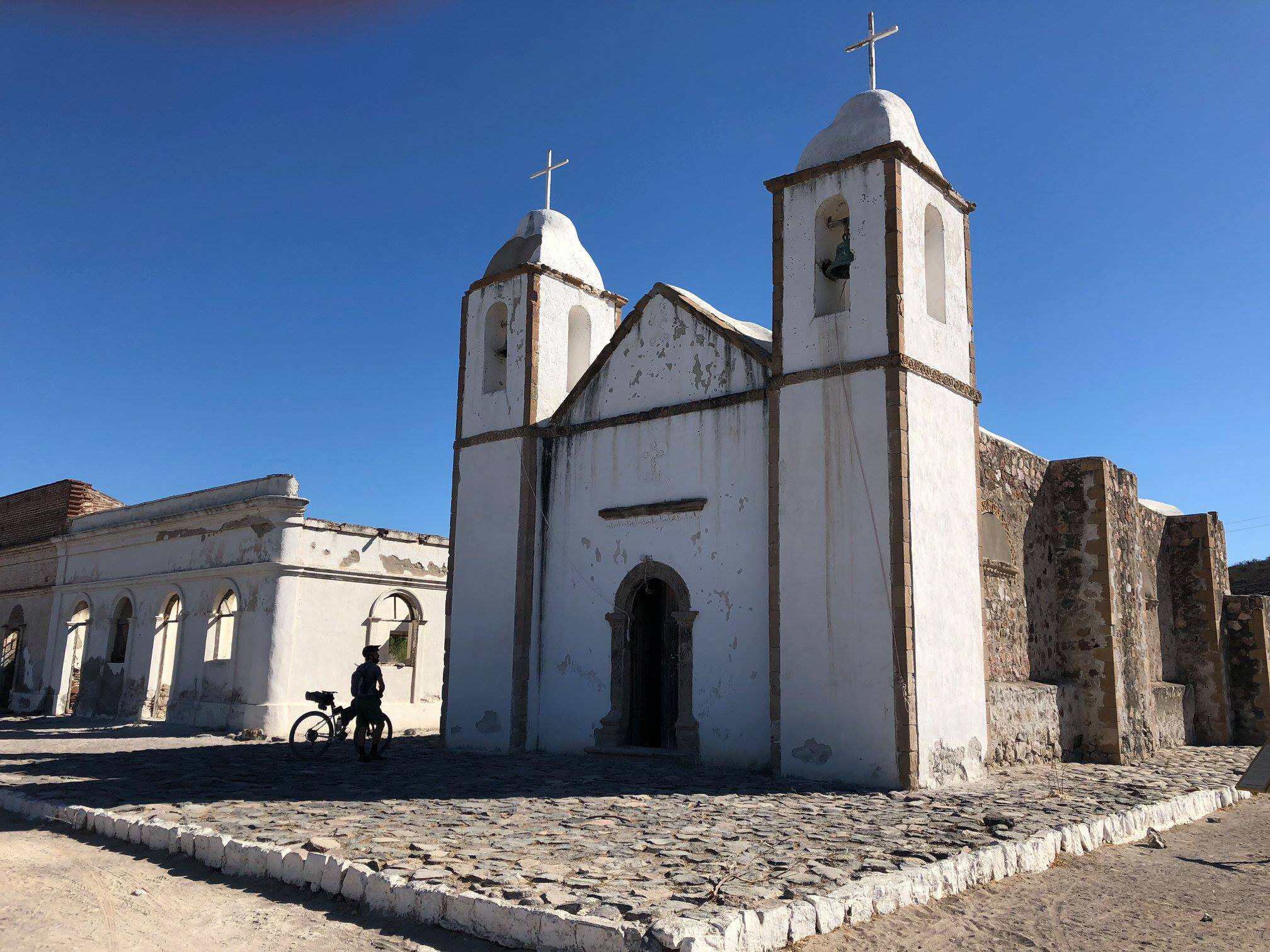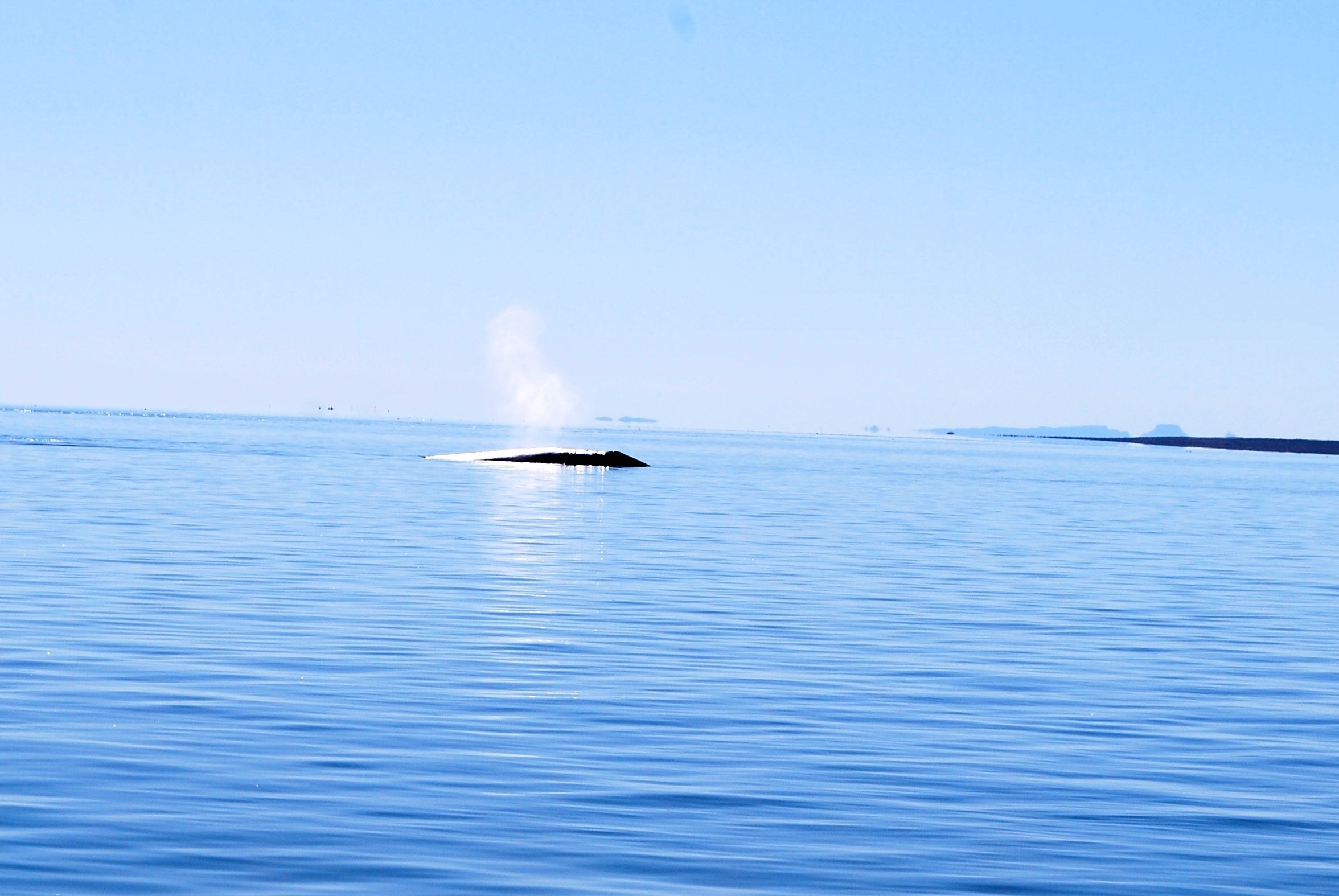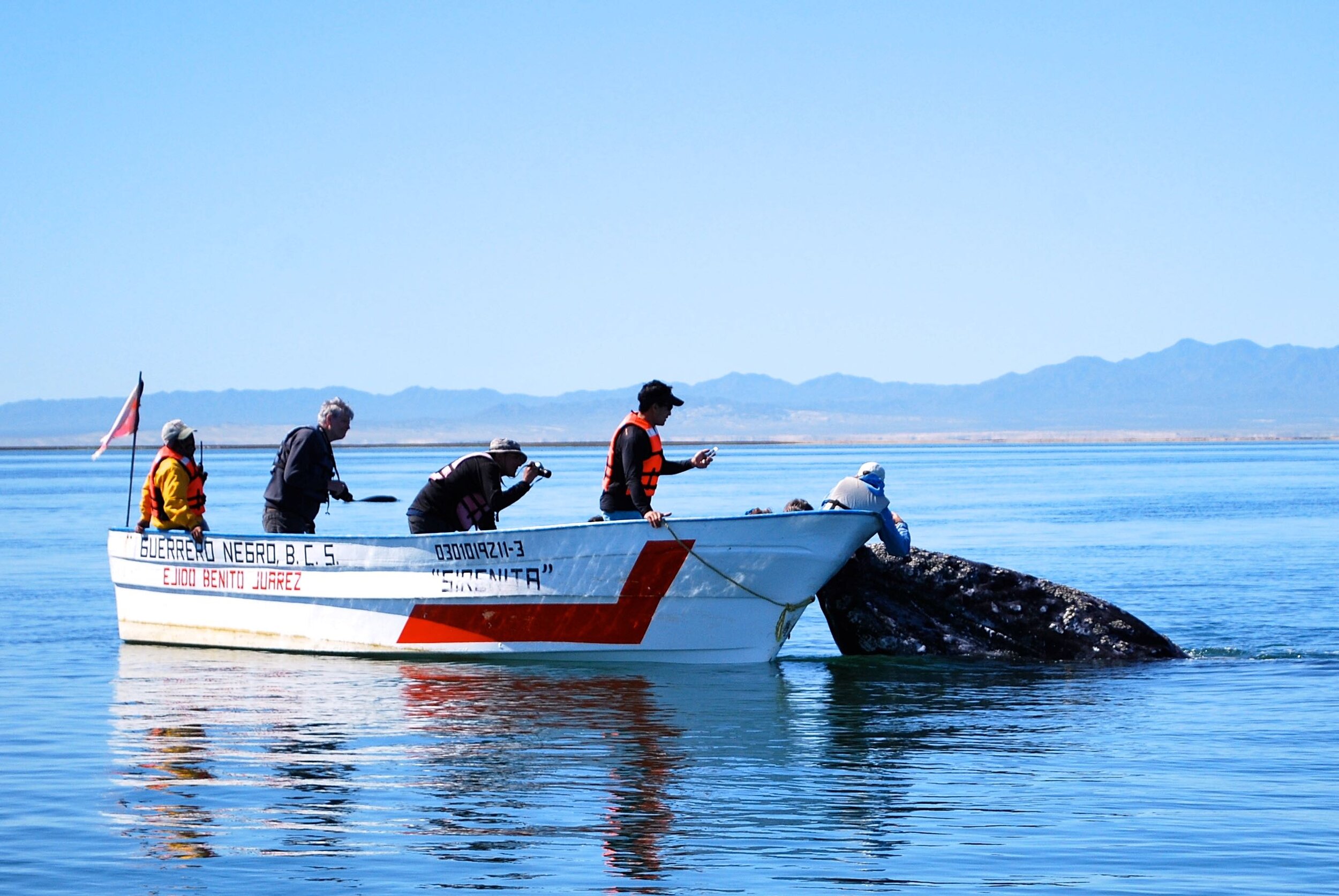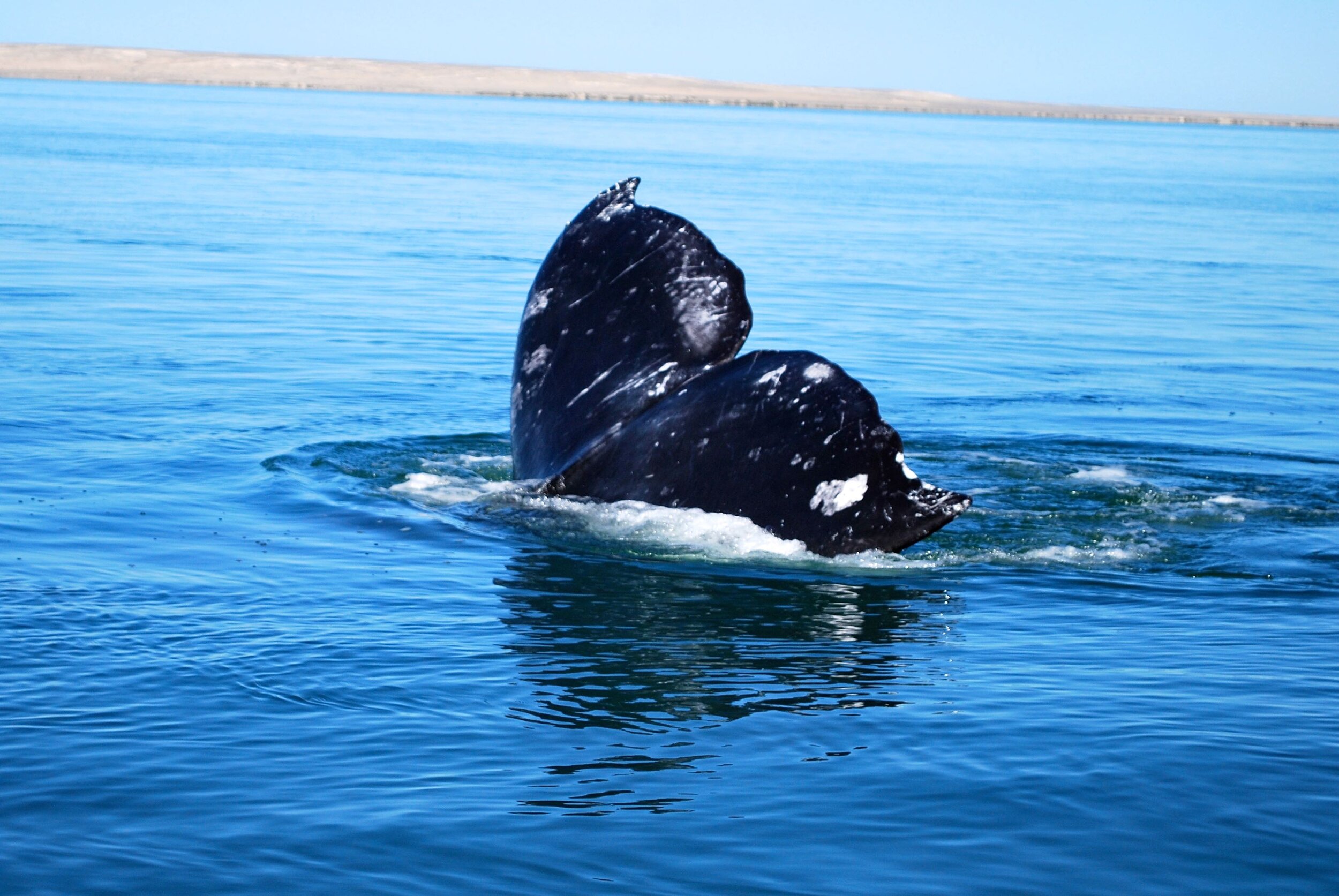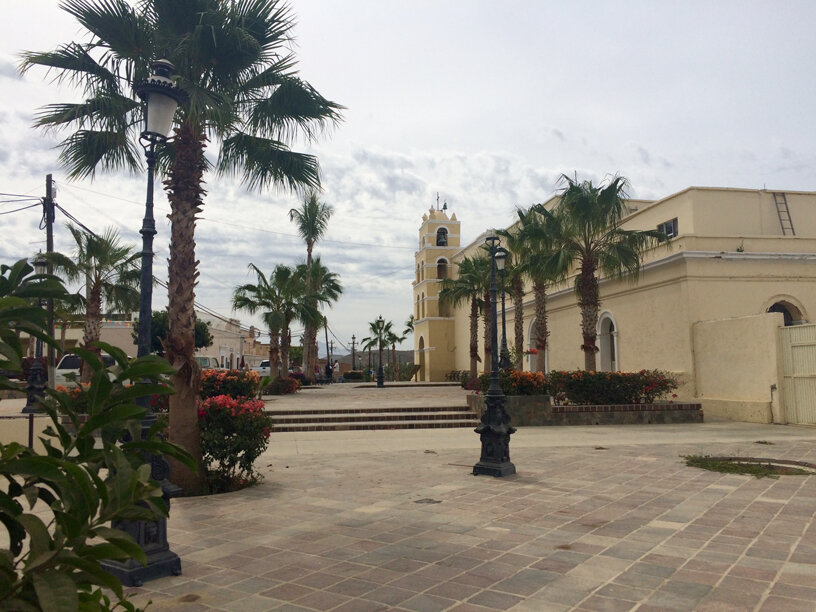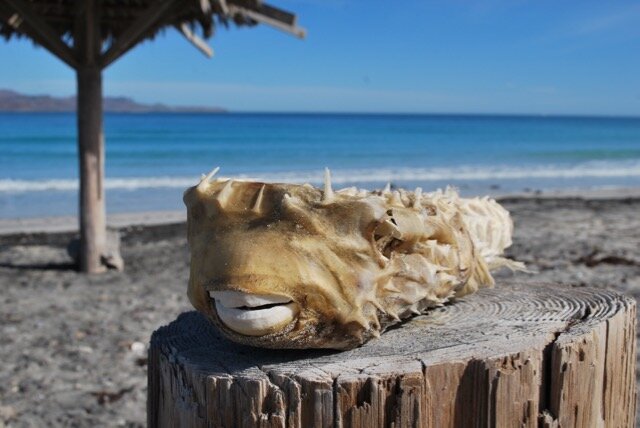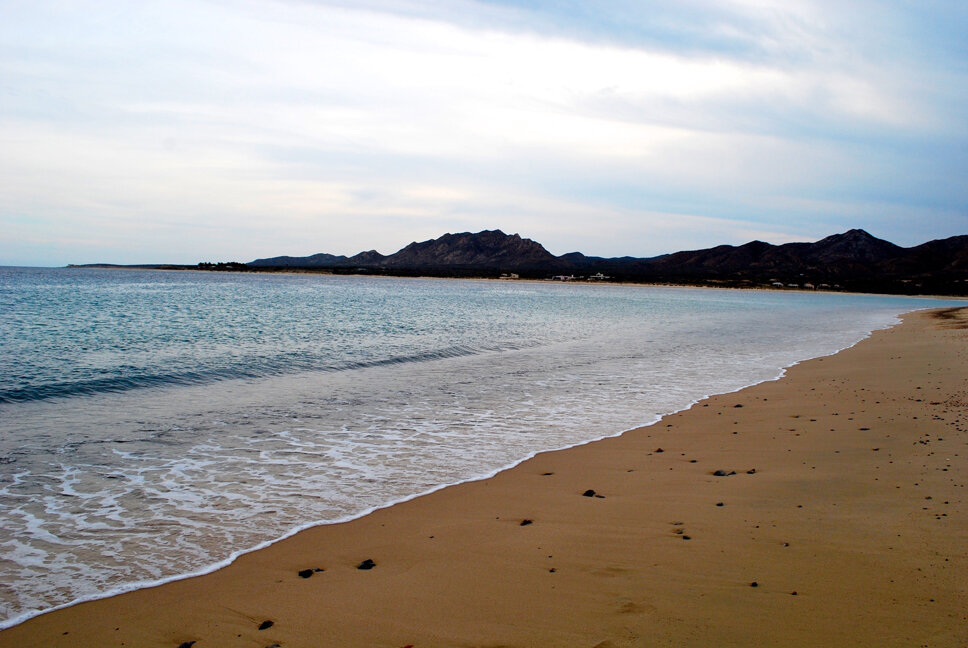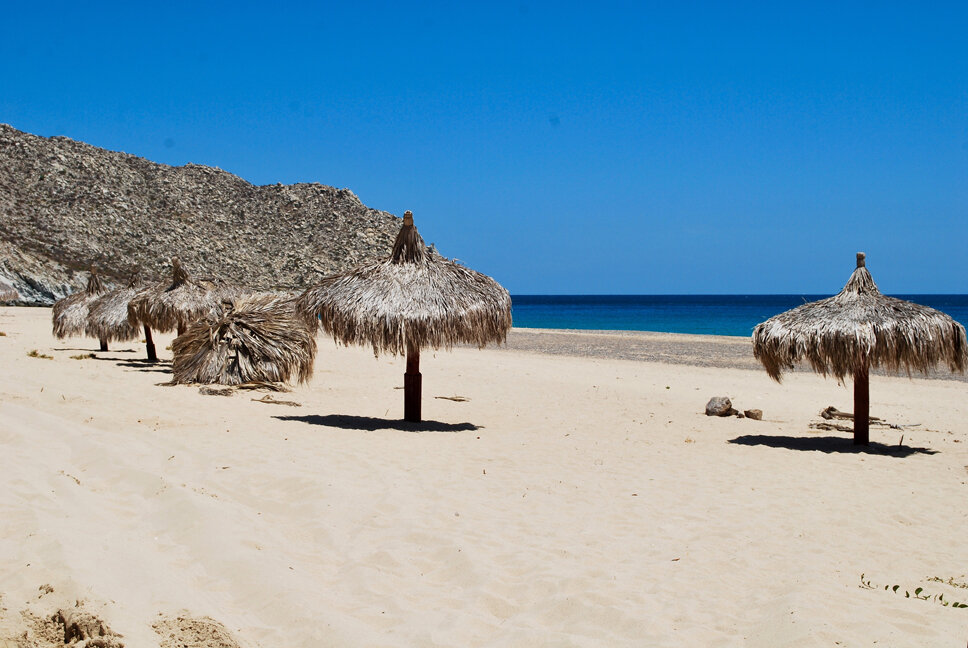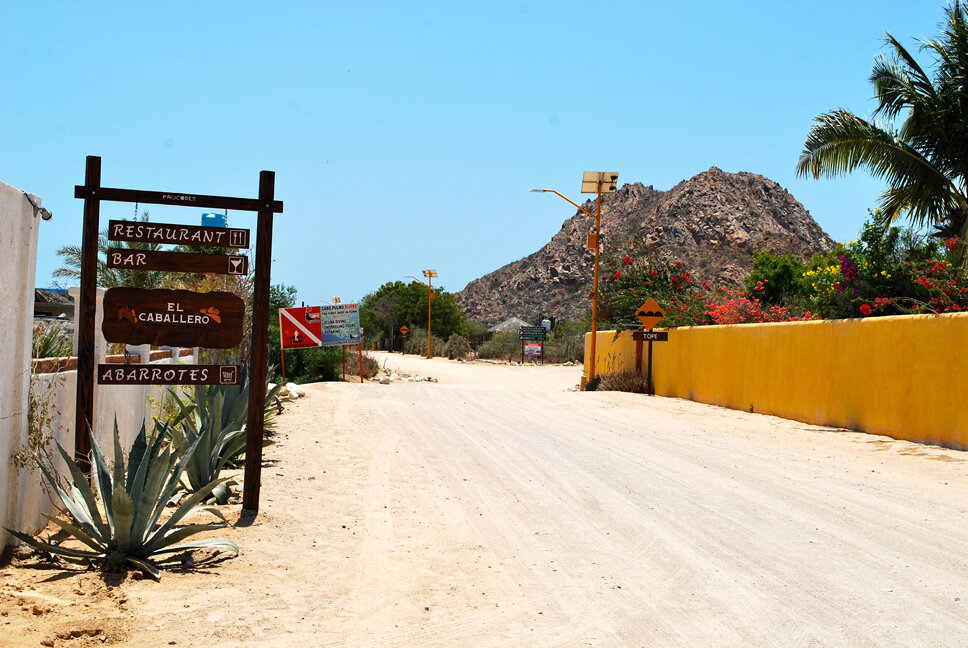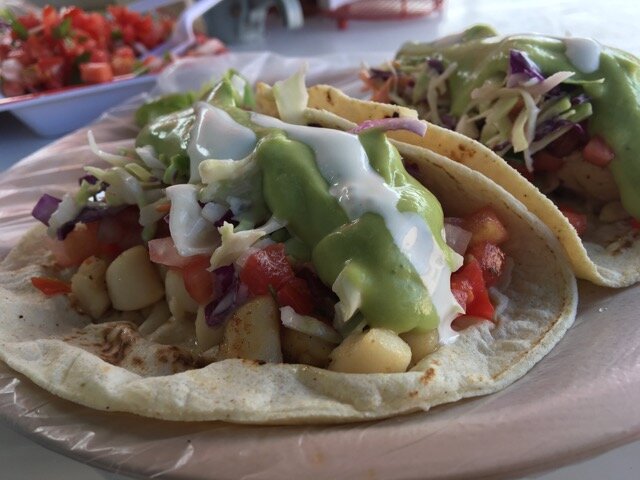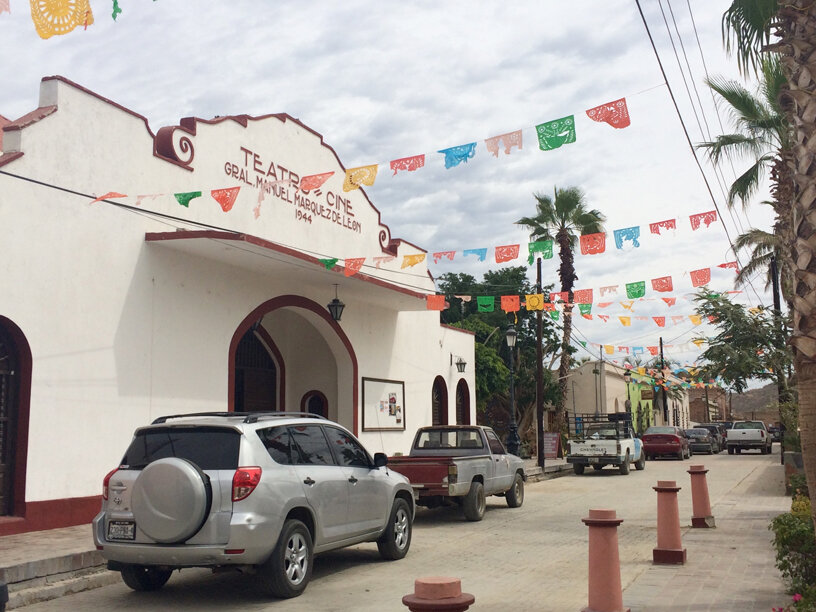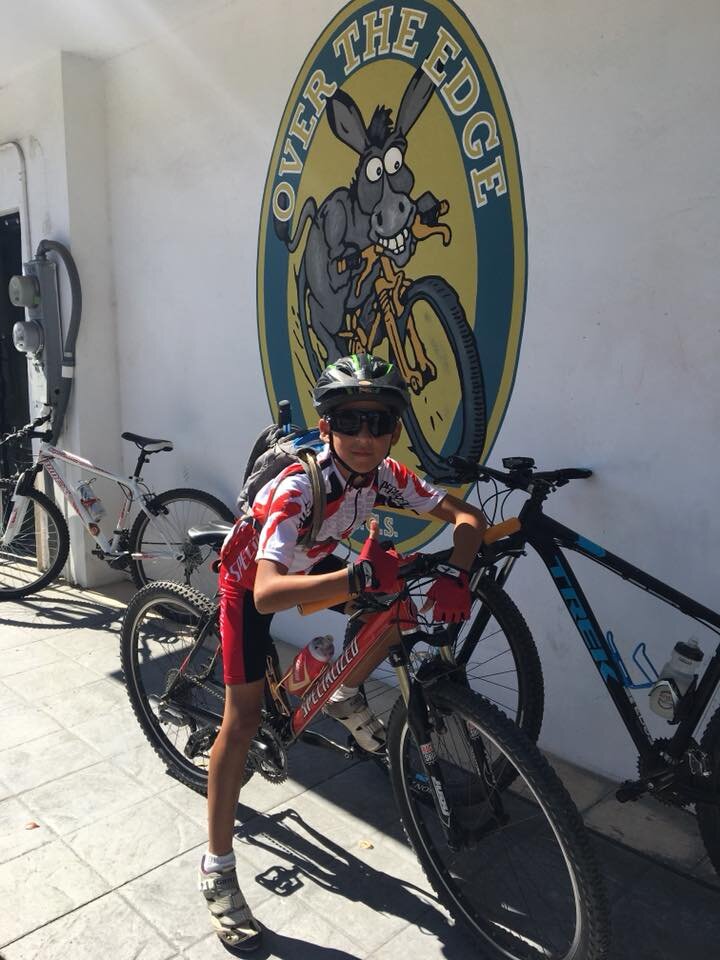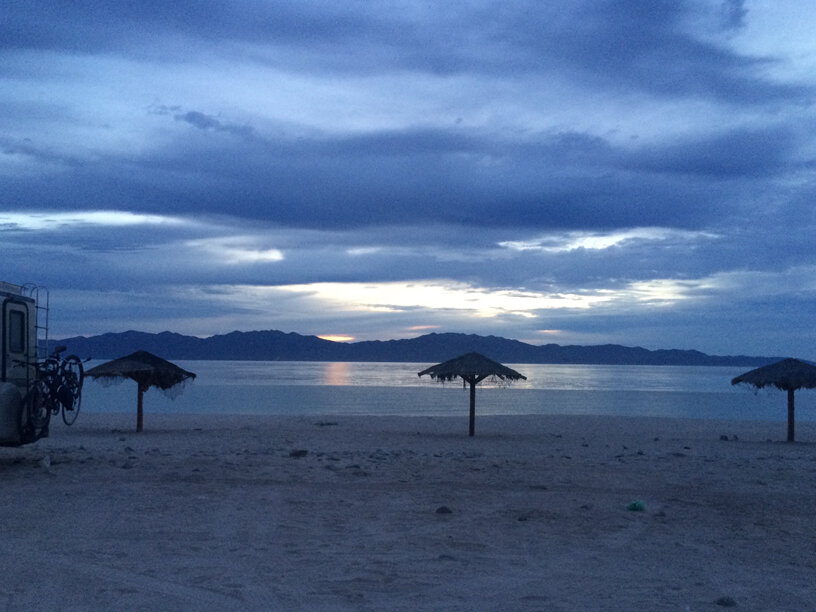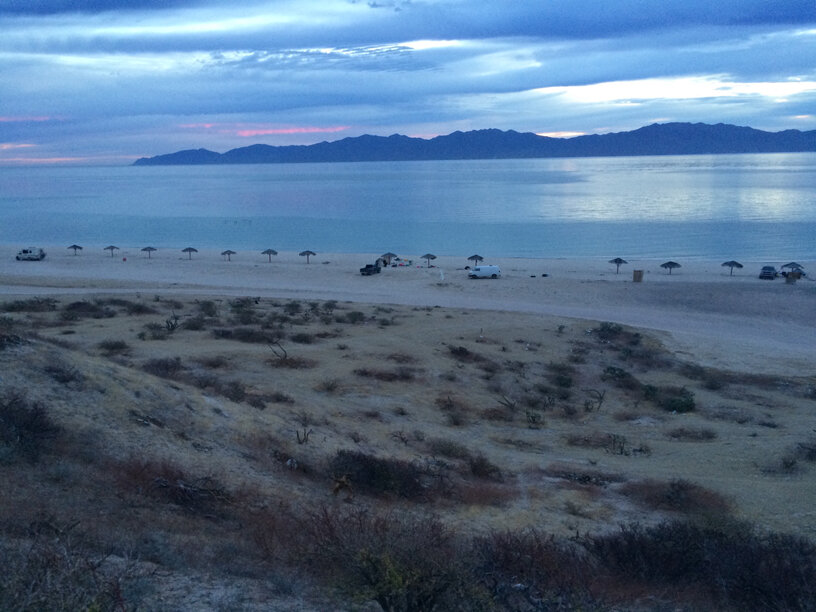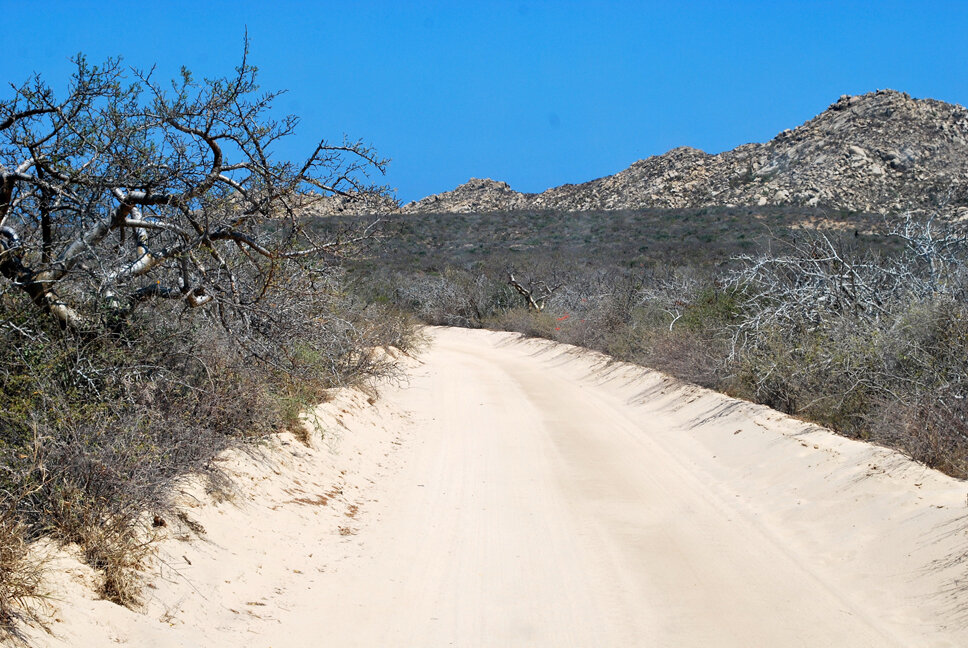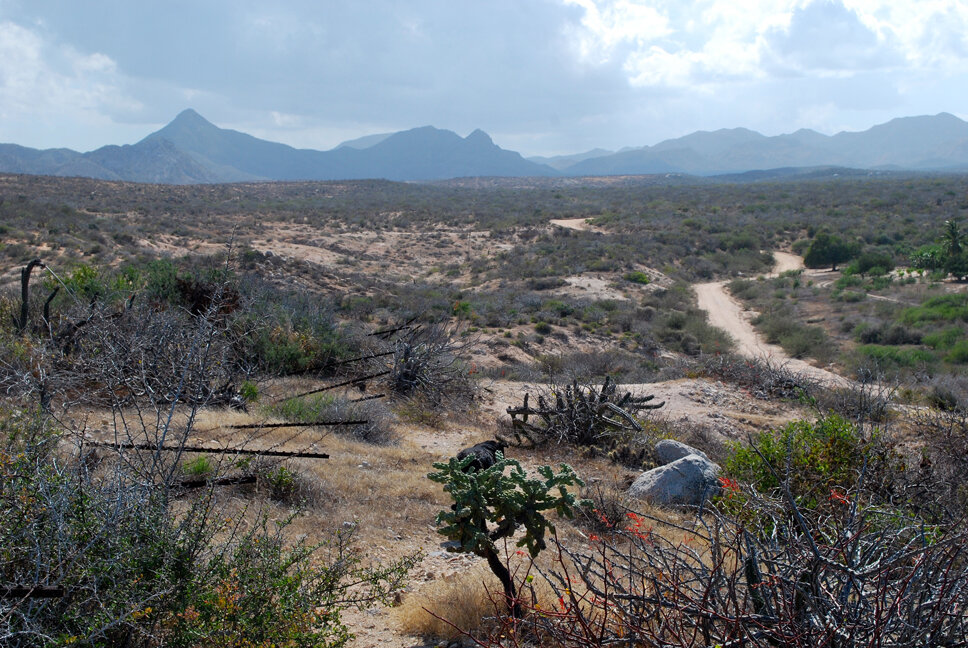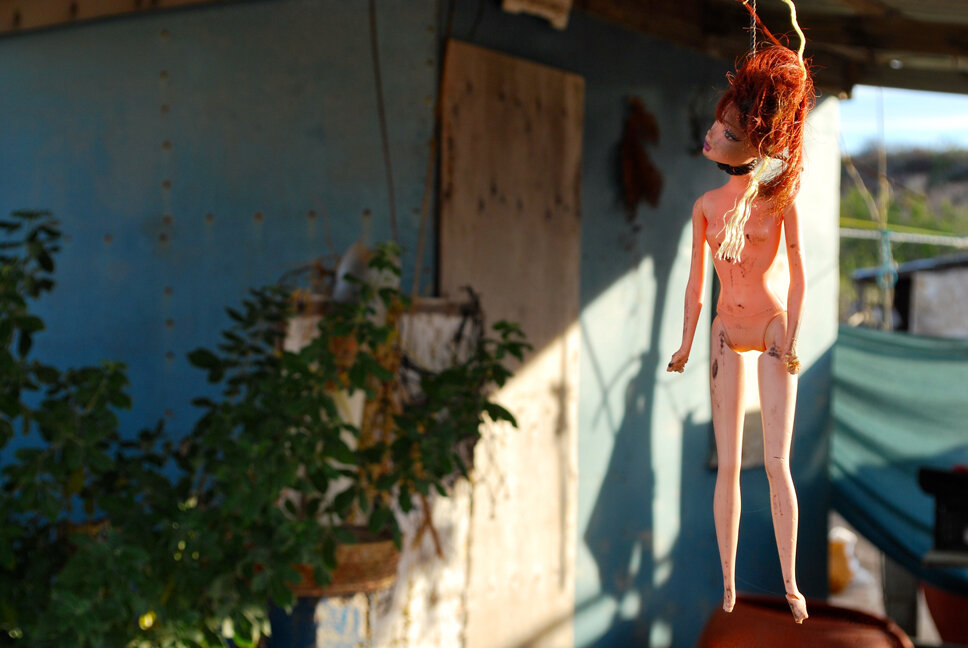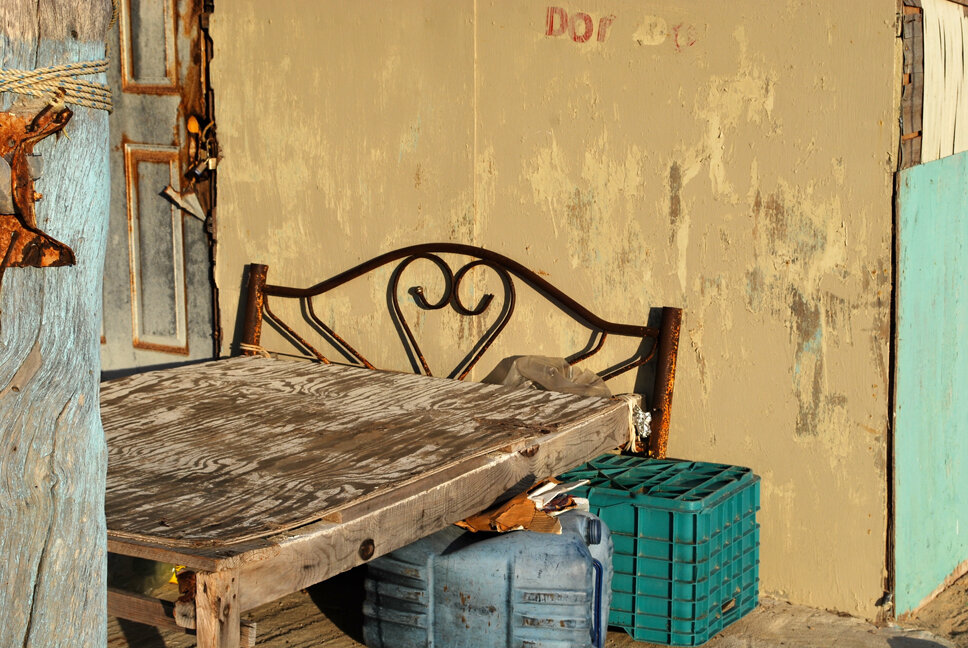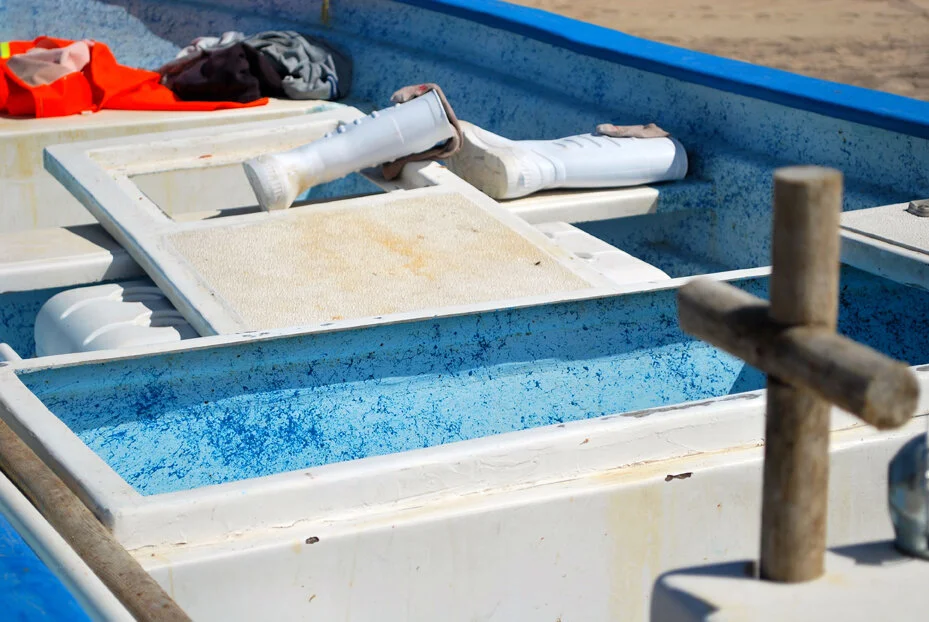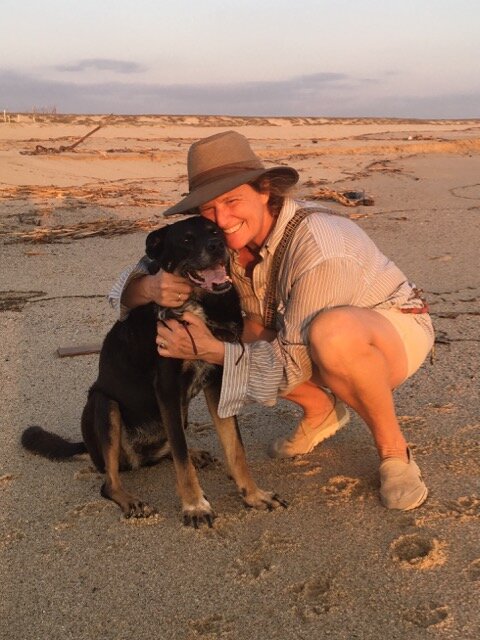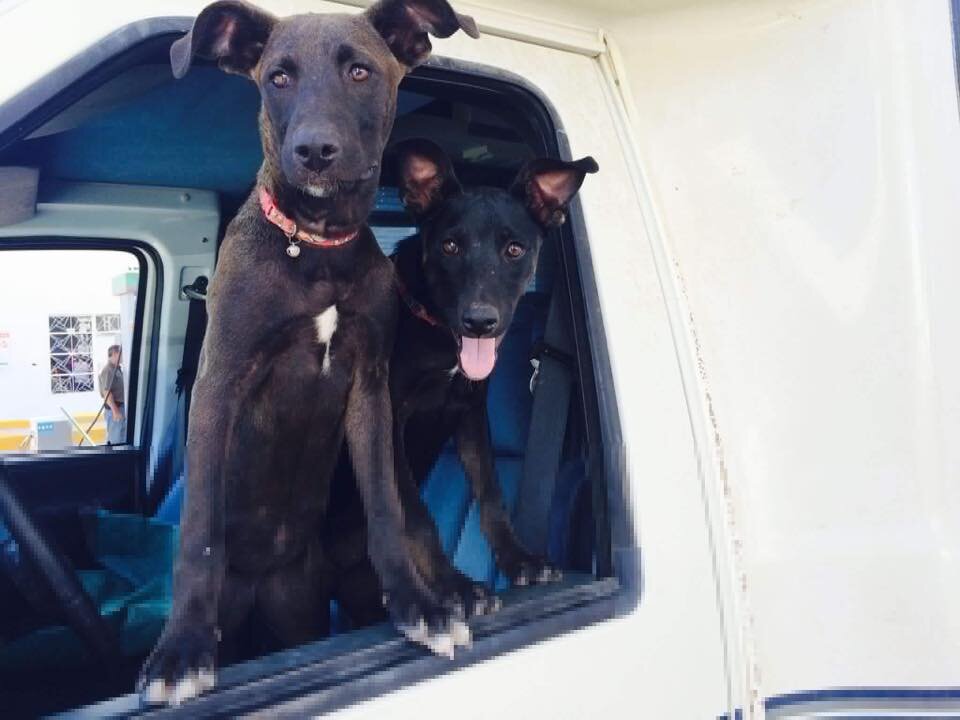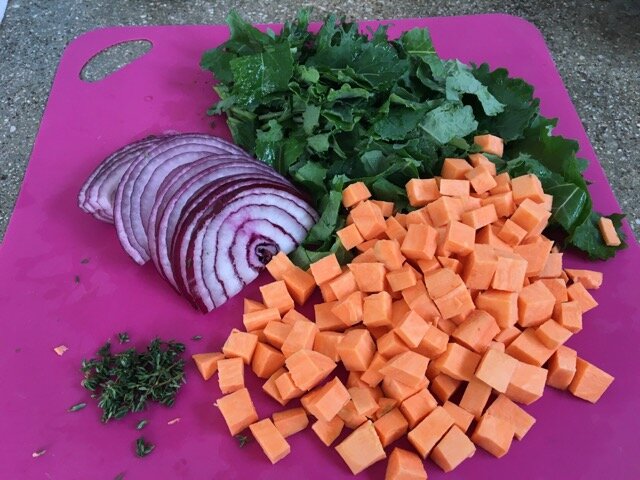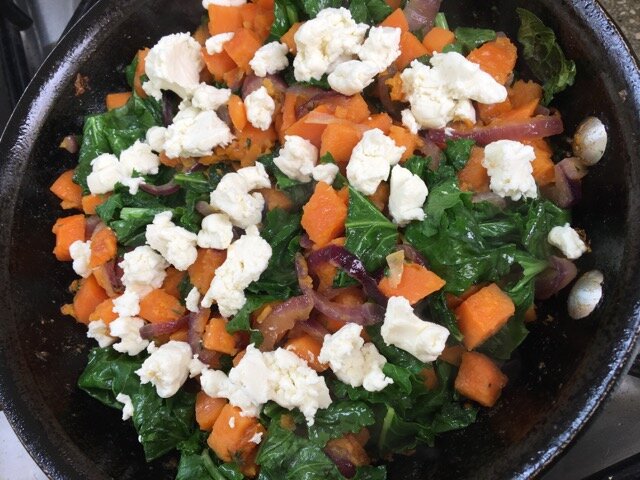Kudos to the New King of SSCXWC.
Rider Profile: Maxx Chance
A few weeks back I had the opportunity to chat with Team Blue rider Maxx Chance. He was fresh off his win at Single Speed Cyclocross World Championships (SSCXWC) in Utah and was eagerly preparing for USA Cyclocross Nationals in Lakewood, Washington. Maxx was bubbling with an enthusiasm that I’ve not seen in a long time, an enthusiasm born of pure joy. It was the same infectious joy that most of us still remember – that moment when the training wheels came off and we were flying solo down the road.
Already a bad-a$$ in 2011.
In 2008, at the tender age of 12, when most boys his age were busy playing video games, Maxx launched his cyclocross career. That first year he raced eight races, and won his final race. His win gave him the motivation to return the following year to kick some proverbial booty, and kick booty he did. He climbed onto the podium 15 times out of 18 races, and was victorious in 11 of those races. He had similar incredible results in his third year, with six wins and a total of 12 podiums. His breakout moment was winning the Colorado State Championship Open Category 4 Men’s title – at just 14 years of age.
Maxx’s cycling career trajectory continued with a series of enviable results: in 2014 he placed 2nd in the USAC Junior 17-18 National Championship event and was chosen to represent the USA at the World Championships, where he placed a solid 26thagainst the best junior cyclocrossers in the world. Moving up to the collegiate ranks, Maxx placed second at the 2015 Collegiate National Championships. The following year, he once again placed second at Collegiate Nationals and was the overall Under-23 winner at the US Open of Cyclocross, a UCI C2 event. In 2017 Maxx finally won Collegiate Nationals and placed 3rd at USAC Under-23 Nationals. In 2017 and 2018 Maxx was again chosen to represent the USA at the Cyclocross World Championships in the Under-23 Category. He placed 33rd in 2017 and 39th in 2018, an excellent results for an American.
After ten years of focusing on cyclocross, Maxx decided it was time to earn money cycling and switched to road racing. He began his road career in 2018 racing for 303Project. In 2019 he was recruited to ride for Wildlife Generation presented by Maxxis. He has achieved solid results in regional and national racing, capped by a fifth place in the USAC National Championship Under-23 Road Race. While cyclocross has had to take a back seat to his career on the road, but his passion for dirt has not dimmed. In fact, it seems to have grown.
This year Maxx took an unorthodox path to the USAC Cyclocross National Championships, earning a Single Speed World Champion title along the way. Unlike years past when he raced an average of 28 cyclo-cross races per year, this year Maxx raced just nine races (most UCI-sanctioned events), including the Pan-American Cyclo-cross Championship in Ontario, Canada. He traveled more than 4,200 miles, much of those in a car with his Blue Stages Racing teammates, Eric Brunner, Denzel Stephenson, and Coach Grant Holicky. While Maxx earned six top-ten results in those nine cyclocross races, his most memorable race – and result - was at SSCXWC 2019.
Bunny-hopping the Barrier of Fire.
SSCXWC 2019, Santa Clara, Utah – Revenge of the Lizard King
I’m not sure if Maxx knew exactly what he was getting himself into when he registered for the Single Speed Cyclocross World Championship (SSCXWC). While it was only his second single-speed cyclo-cross race ever, he arrived as fully prepared as one can be for this weekend of insanity. Three days before the event he stripped his Blue Norcross team edition cyclocross bike down to the bare bones and converted it to a single-speed race machine with a $30.00 chain tensioner. He also put together a special race “kit” that consisted of a mesh crop top with blue sequin seashell pasties and matching iridescent blue tights. The race weekend began innocently enough, with a civilized 35-mile gravel ride. That was the end of innocence. The Feats of Strength qualifier event was the highlight of Friday afternoon. The racers were put through their paces, which included a wheelbarrow race with actual wheelbarrows, a hatchet throw, picnic tabletop burpees, a mad dash through a sandy volleyball court, bicycle basketball, and dildo T-ball (with the option of firm or floppy). The 220 entrants were winnowed down to 148 men and 40 women, lining up for their respective world championship races.
Saturday things got really real. As a sick twist on the Le Mans style start, every racer had to put one shoe in a pile located 100 yards from the start line. This created a mad dash and frantic search before racing even began. The first obstacle on the course was the 900-gallon Jell-O wrestling pit, complete with marshmallows and carrots. This was followed by a flaming barrier over which most competitors bunny-hopped, while the avid spectators roasted weenies on sticks. Next was the Breaking Bad Trailer; gutted, spray-painted, and filled with rabid spectators, baby dolls, ear-splitting music, and Fireball shots. As if this wasn’t challenging enough, the course changed every lap. In some instances, it was routed to send the racers through every mud puddle possible. In another sadistic version, racers were herded through a nearly impassable boulder field. There were not one but two steeply pitched flyovers, often preceded by a beer hand-up. Maxx and three competitors were running neck-in-neck, cheating like gentlemen, matching each other pedal for pedal on the bike and fireball shot for fireball shot off the bike. So the organizers decided to prolong their pain. The 60-minute men’s race was extended to a 75-minute, four-man battle. In the end, Maxx charged across the line for the win. He was whisked into an idling truck and taken directly to the waiting tattoo artist. Given the choice of the Lizard King and the middle-finger SSCXWC logo, he opted for the middle-finger, placed as close to his nether regions as possible. He was then escorted back to the celebration party where he was anointed Single-Speed World Champion and crowned with the Golden Single Speedo, in which he danced with abandon the entire night. According to the race organizer, Cimaron Chacon, Maxx was the dream SSCXWC champion. “He raced hard, played hard, cheated honestly, and endured every challenge with a smile on his face, often laughing maniacally ,” said Cimaron. He was just like a kid, freed of his training wheels.
Blue on Blue.
USA Cycling Nationals Update
Maxx was hoping for a cold, sloppy, snowy, and technical National Championship race in Lakewood, Washington. The weather gods smiled upon him, blessing him with everything but snow. He raced to a solid 10th place in a field of 54 of the nation’s top racers.
His Blue teammate Eric Brunner returned home with two National Champion jerseys – Collegiate and Under-23. While impressive, this was not his first championship jersey. He has been Colorado State Collegiate champion twice, this is his second time as National Collegiate champion, and he has placed both second and third in the USAC National Cyclocross Under 23 division. Eric is currently racing and training in Europe in the lead up to his third appearance in the World Cyclo-Cross Championships. (You can read more about Eric’s win at nationals and his Blue Norcross Cyclocross bike here.)
Two additional Blue athletes have been chosen for the USA World Cyclocross Championship team, Lauren Zoerner and Tea Wright. Blue Factory Team rider Lauren, 16, who has been racing since she was eight years old, was chosen to represent the USA in the Junior Women category. In her ten-year career, she has been National Champion twice, and has podiumed six times. She also has a Colorado State Championship title. In her lead up to the World Championship, Lauren raced two World Cup races and one Superprestige race in Europe before breaking her wrist. Sadly she will not be able to race the World Championships.
Tea Wright, 17, has been racing since she was just eight years old. She has two National Championship jerseys to her name and one Colorado State Champion jersey. In additional, she has been runner-up twice – once in the National Championship and once in the Colorado State championship. Her father’s love of mountain biking inspired her launch her own successful racing career. She is looking forward to representing the USA in the Cyclocross World Championships. Currently she is a Blue Factory Team rider and is the latest addition to the 2020 Blue Stages Racing Team.
2020 is looking very bright for the racers of Blue Stages Racing Team!


